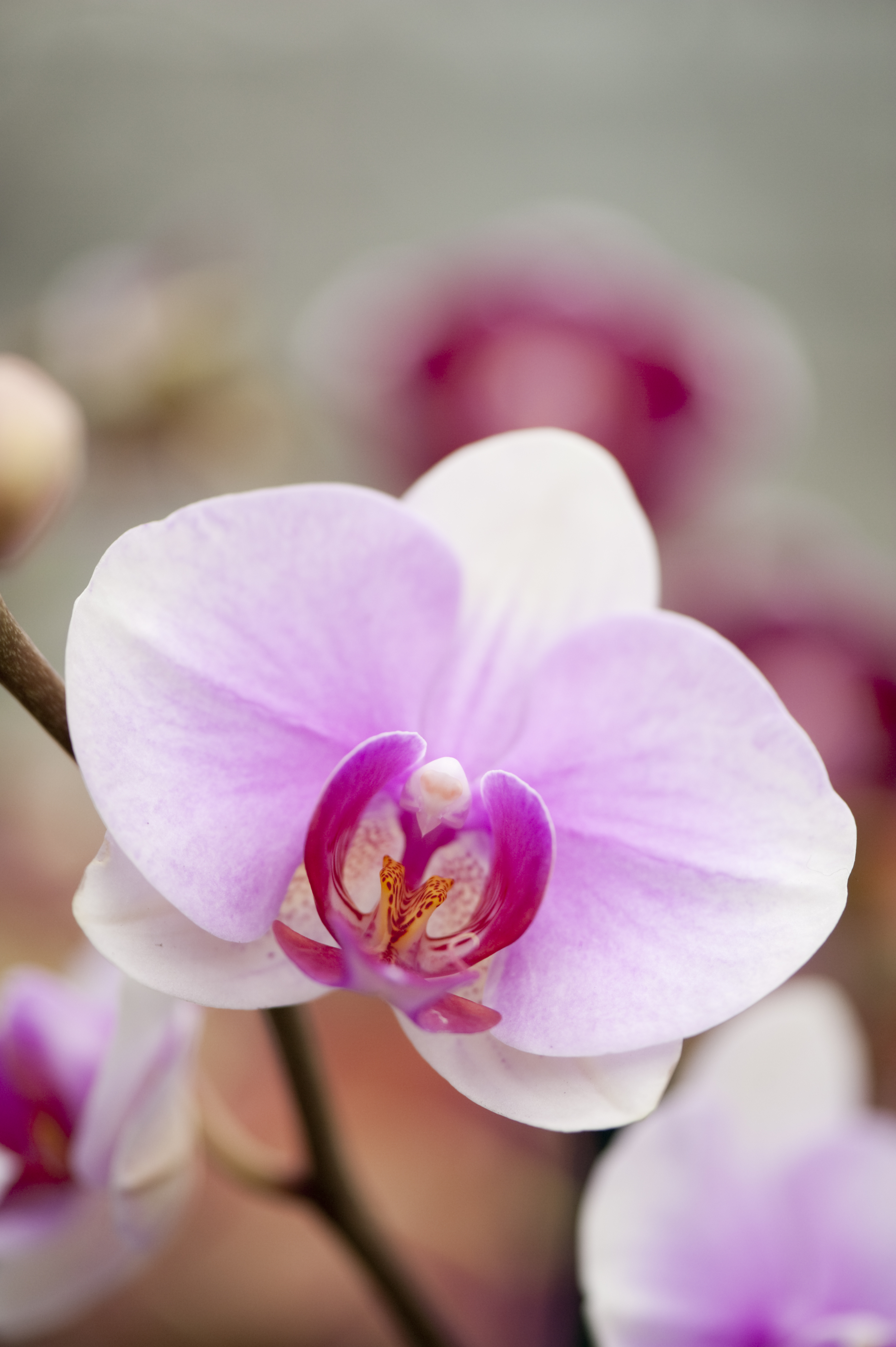Gardening Trends: Part I
Posted in Learning Experiences on February 4 2014, by Sonia Uyterhoeven
Sonia Uyterhoeven is the NYBG‘s Gardener for Public Education.

Winter is a wonderful time not only to peruse catalogs and feast our eyes on new introductions, but to spend the quieter moments searching out our favorite venues for congregating with like-minded people.
I have several conference and lecture series that I attend to liven up my mind and shake off the winter cold. Of them, one local favorite is the Metro Hort Group’s Plant-O-Rama, which takes place every year on the last Tuesday in January. Metro Hort is an association of horticultural professionals in the New York City tri-state area, and this annual conference is hosted every year in Brooklyn and made available to everyone at an affordable price.
This year the main speaker was David Culp, author and Vice President of Sales at the well-known Sunny Border Nursery in Kensington, Connecticut. Culp spoke on new directions being taken in horticulture, looking both backwards and forwards along the timeline of plantsmanship with an eye toward gardening trends. I came away with some new insights intro drivers and dynamics behind those trends. What struck me most is that there’s a two-way process between the consumer and the supplier; consumers are critical in driving demands and creating trends, but the industry—the producers—often has the upper hand, and uses it to effect its own ends.
Let me give you an example. Many of you will have noticed that over the past decade there’s been a trend toward compact plants. The sales pitch is always convincing: “compact plants require minimal staking and pruning, and are covered with blooms.” For the busy homeowner, who could ask for more? But you would never find an advertising campaign saying “we are delighted with this new compact coneflower (Echinacea) because, unlike many of its predecessors, it fits perfectly on the display shelves at your local gardening center, meaning we can ship and sell it as conveniently as canned soup.” There is, however, a great deal of truth in this statement. Hybridizers want their product to sell, and home improvement retailers make that happen. You do the math.
I encounter this phenomenon every year when I teach basic orchid care during our annual Orchid Show. Many moth orchids (Phalaenopsis) are potted in sphagnum moss and sold in flimsy plastic pots which feel more like plastic wrap. People often ask me if this combination of pot and planting medium is the best way to grow the orchid. When asked if it’s good for the plant, I invariably answer “no, it’s good for the grower and shipper.”
I have never personally connected this issue to gardening trends, yet for those of you who are aware of the meteoric rise of the moth orchid in the world of both permanent and disposable houseplants, you will appreciate the power of mass marketing at work here.

So we have tackled an example of how the industry dictates change, but how then do the consumers drive demand? One example from Culp that I found fascinating was that statistics show, in the past five years, that more men are either working from home or acting as primary caretakers for their families. And the consequence in the commercial realm is that men are making more domestic choices—paint colors are becoming more masculine, and there has been an increase in the sales of hops (Humulus), grapes (Vitis), and pickling cucumbers (Cucumis).
Stereotypes aside, I wonder if some of these choices are prompted by the homegrown movement that has been sweeping the county, backed by energy from Michelle Obama’s “American Grown” campaign. I have always pickled cucumbers and I’m certainly not a man. I do, however, accept Culp’s point that men bring a utilitarian component into gardening. And besides, what is the Super Bowl without homemade beer (and pickles, for that matter)?
Next week, I’ll continue this train of thought by sharing some trends that Culp covered in his lecture. Many of them we’ve been following for the past several years, and will continue to adhere to for some time. Others are near and dear to my heart. Either way, I’m delighted with the recent path that horticulture is forging ahead with.

